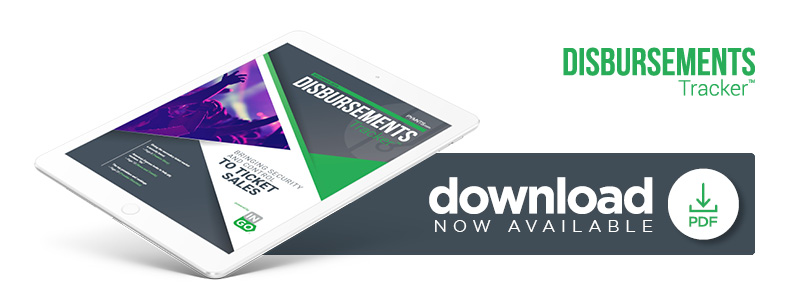DEEP DIVE: Faster And Instant Payments For Consumer Disbursements

Whether it’s waiting to get a car from a valet, a table at a restaurant or simply to be seen for a medical appointment, no one likes to be kept waiting. For many, waiting can be an especially hard part of receiving payments from companies or corporations.
Fortunately, consumers don’t need to wait nearly as long as they used to for a variety of transactions or business processes to be completed. Rather than dealing with a valet, consumers can request an Uber or Lyft. Instead of waiting for their table at a restaurant or for their name to be called by a doctor, consumers can check in to dinner reservations and medical appointments remotely via a mobile device.
Players in the payments and disbursements space are also increasingly working to keep consumers from playing the waiting game. In recent years, a long list of companies — and even whole countries — have established faster payment systems and processes, enabling consumer disbursements for insurance payments, rebates or even freelance and gig work wage payments.
In this month’s Disbursements Tracker Deep Dive, PYMNTS explores some of the solutions that offer consumers access to instant or same-day payment disbursements, and the challenges of working with the associated technology.
A Growing Group Of Players
Currently, there’s seemingly no shortage of FinTech players and other technology providers that are more than willing to help consumers get paid faster. Ingo Money, for example, has worked with partners like Early Warning — which owns digital peer-to-peer (P2P) payment network Zelle — to create a new, faster way of sending money from one account to another. Ingo Money, which focuses on real-time corporate disbursements, offers an instant money service that helps companies send funds in real time to more than 4.5 billion consumer accounts, including credit or debit cards, online wallets and cash-out distribution points.
Through its partnership with Early Warning, Ingo is currently powering a new white-label solution that targets corporate disbursers. The service helps these companies distribute digital disbursements to consumers’ bank accounts using Zelle, or to any of the billions of endpoints that Ingo supports, including digital wallets. Ingo takes the disbursement files that these corporate disbursers would ordinarily send for ACH or check distribution, and distributes them in real time.
Ingo has worked with other partners as well, including Paysafe, to build faster payment services and solutions. The pair recently launched Accelerated Funding, a new solution that gives consumers more options when receiving payments from corporates. The solution includes options for next-day, same-day, “Express” or instant payments, serving small and medium-sized merchants.
Other players have built their own real-time payment systems in-house. Payments provider and FinTech player FSS, for example, debuted its Instant Payments system earlier this year. The system functions as a central clearing and settlement infrastructure for domestic and international instant money transfers, and provides 24/7 functionality to users. It also allows them to make payments using their bank accounts, mobile wallets and credit or debit cards before immediately delivering the appropriate funds to recipients.
The Challenge Of Moving Payments Faster
While there has been a proliferation of instant and real-time payment systems, the technology still faces some serious roadblocks on its path to widespread adoption. As more companies build faster offerings, potential issues could emerge, including questions regarding whether these systems can truly communicate with each other.
In recent months, interoperability has become a major buzzword, as some financial players worry that it could be challenging for real-time payment systems to be interoperable, as most schemes require a local settlement account. This could impact a bank’s liquidity from a treasury perspective, which ultimately defeats the purpose of faster payment services.
Others worry about the security and integrity of these platforms. These observers often point out that if payments are to be made in real time, they also need to be secured, protected and trusted in real time, which could be difficult to do at scale.
Conclusions
Those hoping to make instant and same-day payment systems more ubiquitous in the U.S. and around the world face a long list of obstacles, but there are still reasons for optimism when it comes to the future of the space. Consumer expectations surrounding the speed and ease of commerce are only growing. As consumers continue to get their hands on new technologies and innovations that allow them to do more in less time and in increased comfort, their expectations surrounding how fast they can make or receive payments will likely rise as well.
According to some recent projections, perhaps partly as a result of this increased emphasis on speed and convenience, instant and real-time payment systems are set to become a $25.9 billion market within the next five years, while growing at a compound annual growth rate (CAGR) of 30.6 percent.
Those that plan to thrive, or even just survive, in the ever-faster and more-mobile future would be well-suited to invest in real-time and instant payment systems.
About The Tracker
The Disbursements Tracker™, powered by Ingo Money, is the go-to resource for staying up to date on a month-by-month basis on the trends and changes in the digital disbursement space.

